What is Bulgur?
Jan 10, 2023, Updated Sep 27, 2023
This post may contain affiliate links. Please read our disclosure policy.
Bulgur is a staple of Lebanese and Middle Eastern cuisine, a key ingredient in dishes like tabbouleh. This grain one of the healthiest you can eat for its nutrient-rich qualities. Find bulgur, both fine and coarse, here.
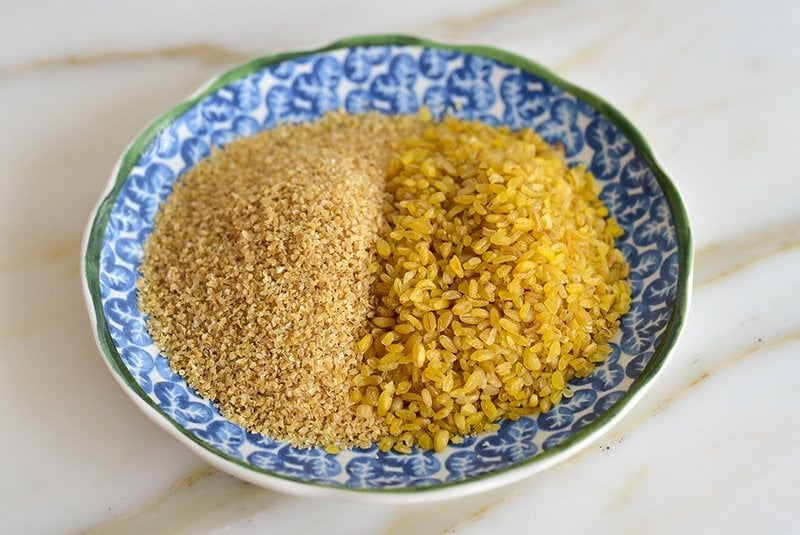
All about bulgur
Bulgur is a staple of Middle Eastern cuisine, as it has been for thousands of years. This “cereal” is a form of wheat, most often durum wheat. The little granules are cracked, which is why bulgur is also called cracked wheat. But bulgur, unlike cracked wheat, is parboiled, which means it cooks quickly (or is not cooked at all, as with fine bulgur). This process gives bulgur its distinct yellow tone.
Bulgur is sold according to the size of the granules, typically #1 through #4, from fine to coarse. Use fine bulgur, #1, in tabbouleh and kibbeh. Use Coarse bulgur, #3 or #4, in mujadara and other pilafs. The flavor of bulgur is very subtle, and with its ease of preparation, it is one of the most versatile grains. This grain may be best known as one of the ingredients in tabbouleh, the Lebanese herb salad of parsley, mint, onion, tomato, lemon, and fine bulgur.
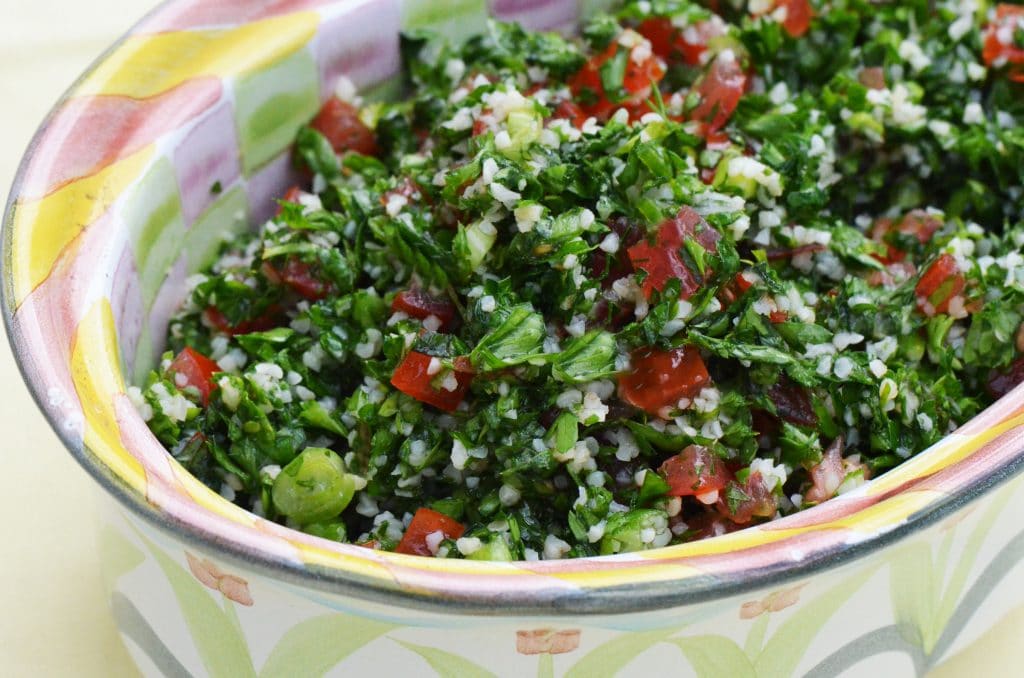
Is bulgur nutritious?
Highly! Bulgur, unlike white rice, is packed with vitamins, minerals, and fiber. A cup bulgur provides about 5 grams of protein, similar to bran and more than oatmeal. This is a low-calorie, nutrient-rich grain that is known to promote gut health and overall physical well being.
Ways to cook bulgur
Preparation of bulgur depends entirely on whether it is fine or coarse. Fine bulgur softens in water rather than cooking. The ratio is about 2:1 liquid to bulgur, but my recipes call for a rinse of the bulgur to remove starch and then cover by about an inch with cool water. Soak for 30 minutes, then squeeze any excess water before using in dishes like tabbouleh and kibbeh.
Because bulgur comes partially cooked, it cooks quickly and easily. Use coarse bulgur for pilafs, in soups, and as a base for salads. Use 2 cups of liquid to 1 cup of coarse bulgur, which cooks in about 15 minutes. Melt olive oil or butter over medium-high heat, add the wheat and stirred until toasty, then add stock or water and salt. Then, cover and cook until the liquid is absorbed and the granules are soft. Drain any excess liquid and fluff the bulgur with a fork before serving.
Storage and frequently asked questions.
Store in the pantry at room temperature. Be sure to store in an airtight container away from light. Buglur stays fresh-tasting for up to one year!
Can I freeze bulgur? Yes! Like nuts, freezing dry bulgur prolongs freshness for a year or longer. Just be sure to freeze dry bulgur in an airtight container from which as much air as possible has been removed (like a freezer storage bag).
Can I freeze cooked bulgur? Freeze cooked or softened bulgur for up to 3 months. Thaw in the refrigerator or at room temperature, then reheat with a sprinkle of liquid to soften.
I bulgur gluten-free? No! This grain is a form of wheat, and gluten is wheat.
Is bulgur vegan? Yes, bulgur is a grain, a plant.
Favorite recipes:
Favorite bulgur pilaf recipes (using coarse bulgur):
Toasted Bulgur Pilaf with Zucchini
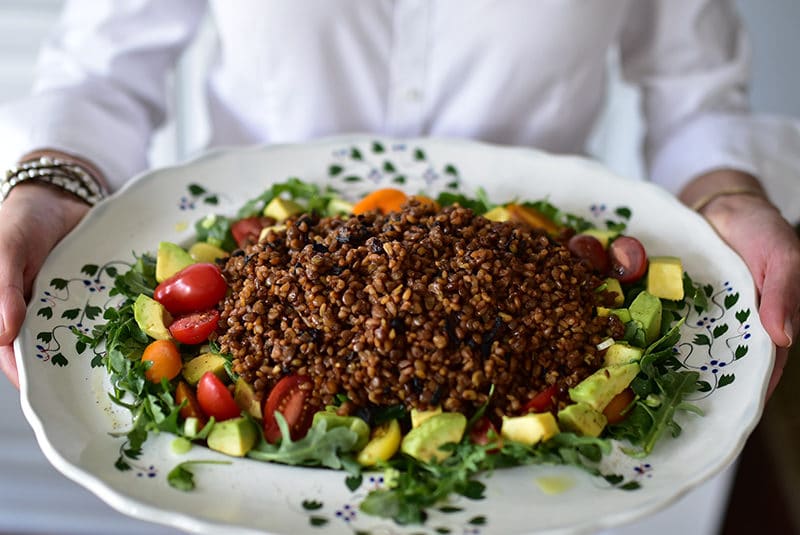
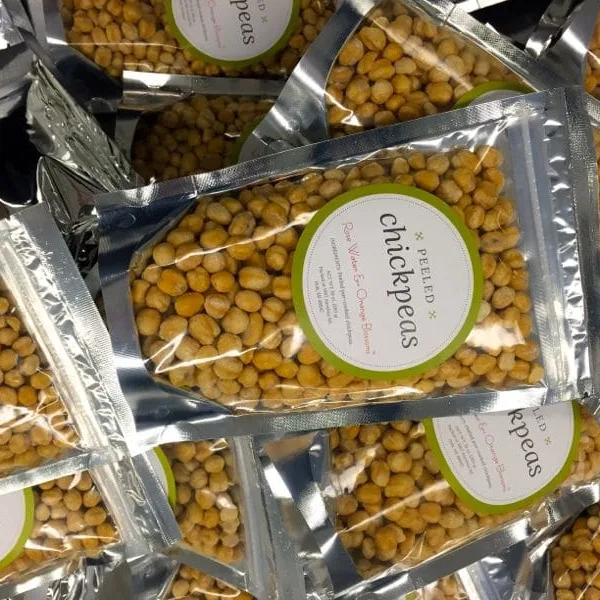

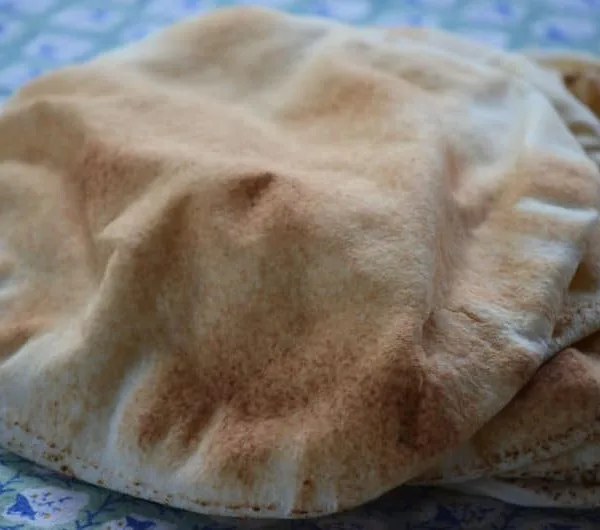
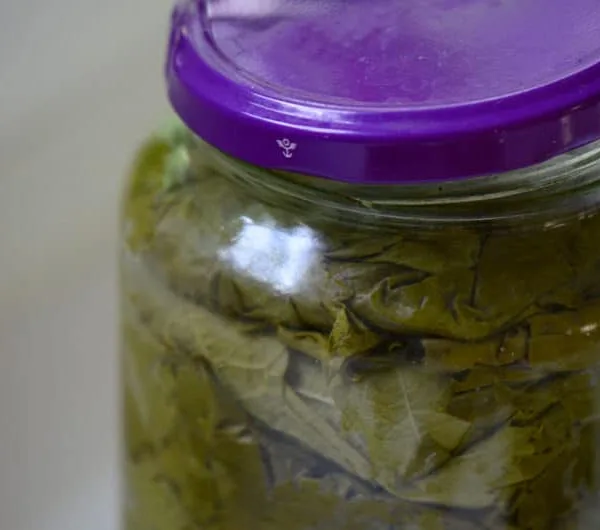


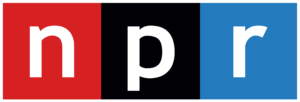




Maureen, when you sent your email today on a new tip for making Tabbouleh with soaking the fine bulgar in the vinaigrette, I might have missed it; but, do you use the total amount of the marinade to soak the Bulgar in before adding all the vegetables?
Thanks, Pat
Hi Pat–it’s an important question! I do, and then I taste and see if the salad requires more seasoning (salt, lemon primarily) after I toss everything together. Thank you!
Is it possible to use a coarse bulgur to make kibbeh? Would it work if I precooked it somehow? If so, how would you recommend cooking it? (I have a *lot* of bulgur on hand, but unfortunately, it’s all coarse. Bad planning on my part, but I’d like to use it anyway.)
Susan I have tried using coarse bulgur in a pinch, with no success. I tried grinding it dry in the food processor and it stayed coarse. I tried cooking it and then grinding it, but it would not break down. So in my experience, fine bulgur is necessary (or try rinsed cooked quinoa)!